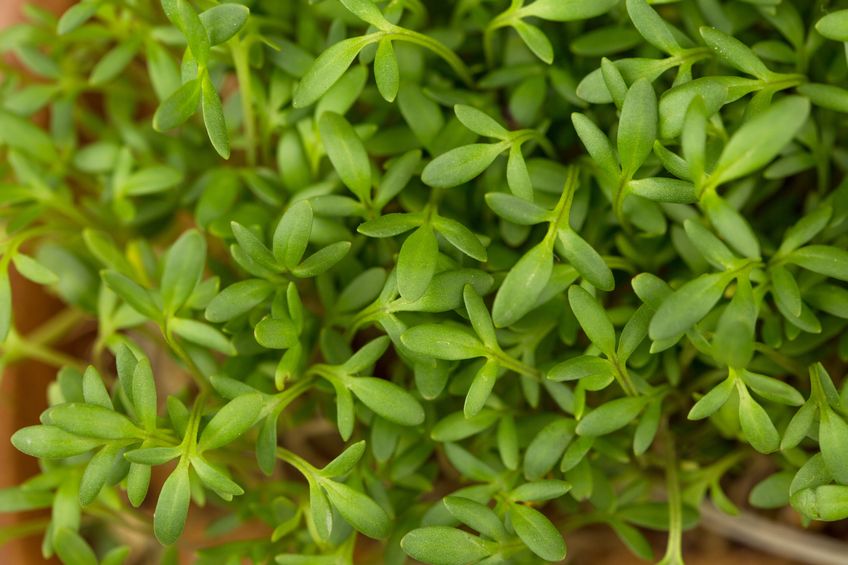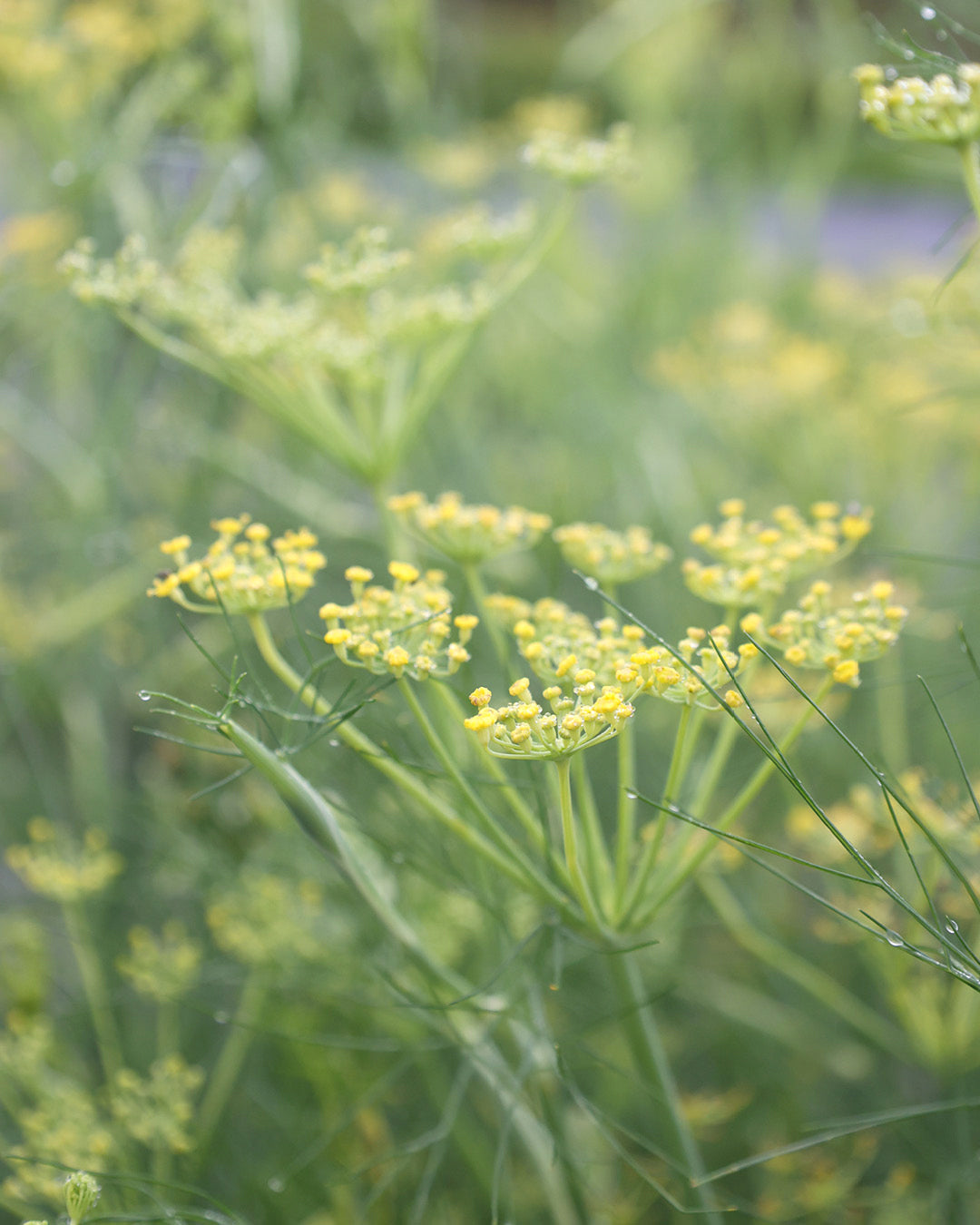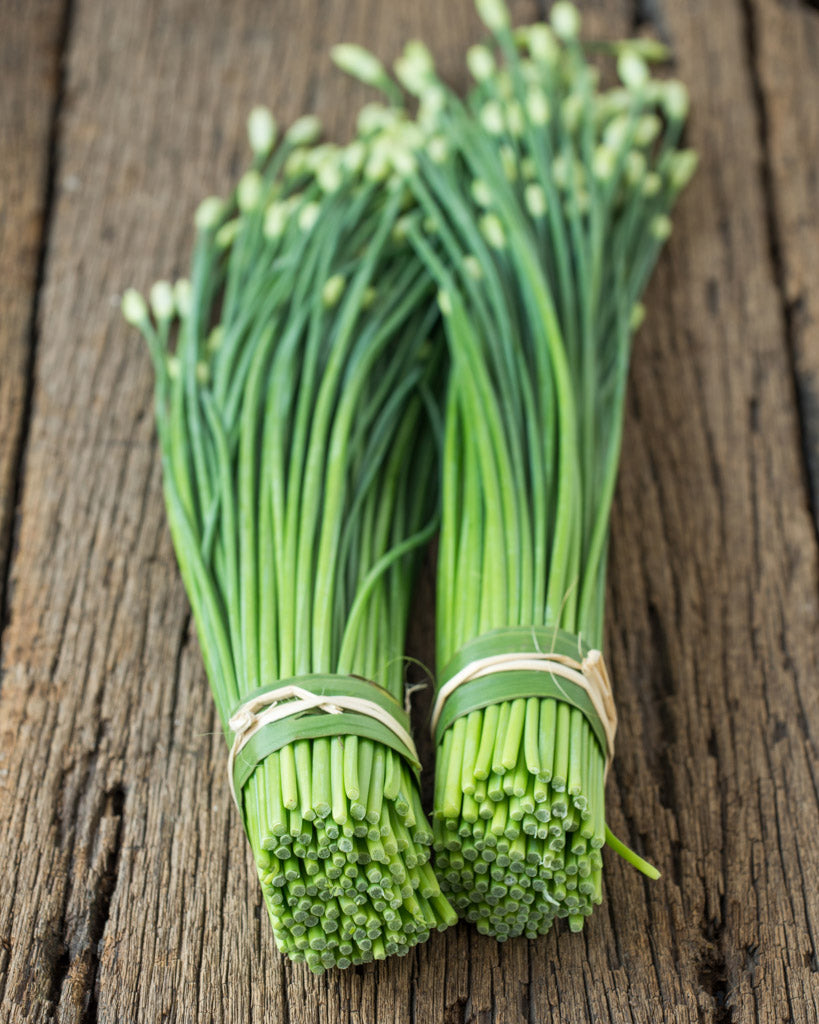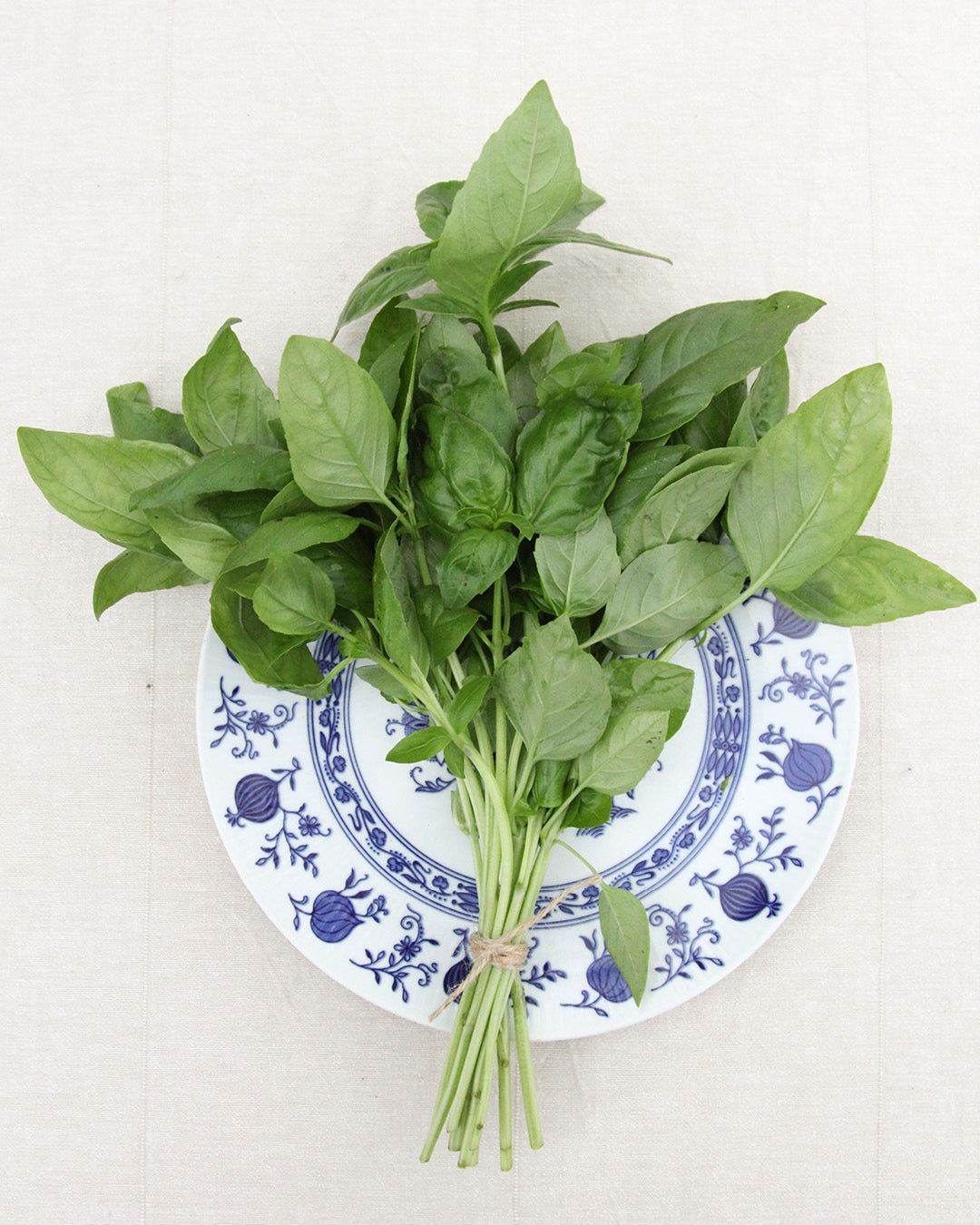Cress (Lepidium sativum)
Cress is the umbrella term for three very different species that are similar only in their culinary use: nasturtiums, garden cress, and watercress. Garden cress, as the name suggests, is the most common type of cress in our region, so we will focus primarily on it below. Garden cress is a particularly popular choice for home-grown plants, especially for children. It grows quickly, is easy to care for, and produces delicious results. Eggshells make a great container, allowing for a more modest harvest. Faces can also be painted on eggshells to make it look as if the little egghead is growing hair. This hair can then be trimmed into fun hairstyles.

Cultivation and propagation – what should you pay attention to?
When it comes to location and soil conditions, garden cress isn't fussy. Whether in full sun, partial shade, or even shade, it thrives even on poor soils. Garden cress thrives in rows. This can be done starting in early March. A distance of approximately 15 cm should be maintained between rows. The seeds need light to grow; they are so-called light germinators. Therefore, the seeds are not covered with soil after sowing.
To ensure the harvest doesn't falter, reseeding is carried out regularly every ten days until autumn. In winter, it gets a bit too cold for the cress outside, but that's no reason to give up on home-grown cress altogether. Cress is also ideal for growing on the windowsill. All you need is a flat plate or bowl covered in moist cotton wool. Simply scatter the seeds on it, and after just three to five days, you'll see the first results. To make the whole thing a bit more decorative, you can also choose bowls in certain shapes. This will make faces grow green hair, or hedgehogs grow green spines.
Garden cress is best not grown in the same bed for several years. It's better to change locations annually to ensure vigorous growth.
Harvesting and preserving – when, what and how best?
The cress you find in stores is usually seedling, which can be harvested after just one week. Even with homegrown cress, the first harvest can be achieved after just 12 to 15 days. Simply cut off the small cress plants with scissors.
Use – What recommendations for herbal cooking?
Those who try cress raw will notice a slightly spicy flavor, not entirely dissimilar to that of mustard or radish. Cress is especially popular in cream cheese or herb curd, as well as sprinkled on soups or egg dishes. The classic, of course, is on buttered bread, garnished with some cress.

Application – What healing or caring effect?
Cress is known for its high vitamin C, iron, calcium, and folic acid content. Because it's very easy to cultivate, even in winter, it's a particularly suitable alternative when fruits and vegetables become somewhat scarce.
Botanical – What kind of plant is this?
The classic garden cress, which we also find as a cultivated plant in our country, comes from the Brassicaceae family. Cress probably originated in Western or Central Asia, where it can still be found growing wild.
Cress is an annual herbaceous plant that grows to a height of up to 50 cm. Cress flowers are white to pink.
Interesting facts – What else is there to learn?
Cress was mentioned in Greek writings as early as the first hundred years after Christ. At that time, it could not yet be cultivated on a large scale due to its growing conditions. The winter-hardy version of cress probably has its roots in the Middle East and did not become widespread until much later.
TEXT: Merle Hildebrandt
















